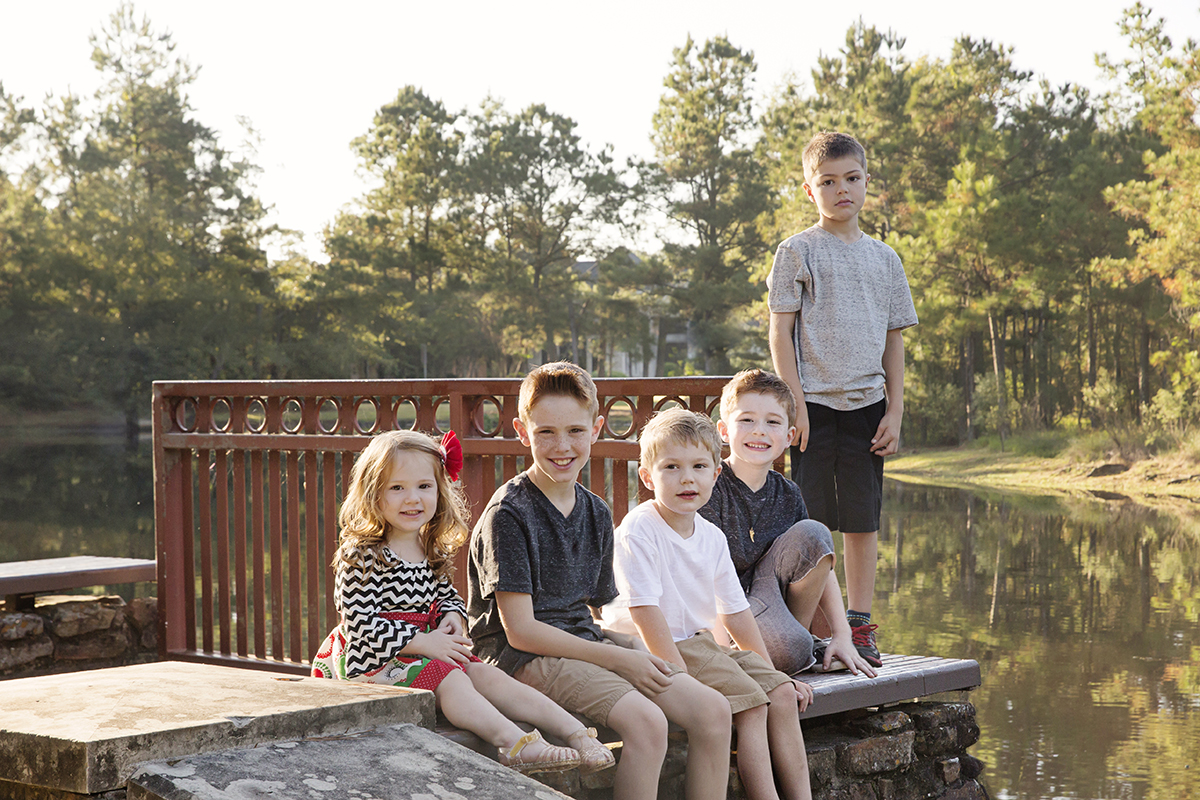I wasn’t quite prepared for the lunar eclipse on Jan 20th. I went outside in my pajamas to set up my tripod for a couple of shots. But after figuring out my settings and seeing how quickly the shadow was moving across the moon, I kept staying outside and clicking the shutter. It was amazing to see the speed and movement of the eclipse. When the full eclipse finally took place and the moon’s color changed from a black and white vision to deep oranges and reds, it was nothing short of spectacular!

Shot with Canon 5D, 70-200 mm lens @200, ISO 3200, 1/4 s @ f/7.1
I’ve had a few people want to know how I captured my images. For those so inclined I have included all the details at the bottom of the page. And yes, while I did use my real camera, a long lens and a tripod; it also required some post-processing in Photoshop to polish them up. So those of you who were disappointed that you couldn’t get these same kinds of photos with your phones–don’t feel bad. It’s not your phone or your ability or lack of the perfect filter. That moon is darn far away and the lighting issues are challenging. Personally, I think it’s kind of nice that we can’t capture these things yet with our phones. It gives us the opportunity to put them away and just enjoy the moment.
It’s funny, I remember my parents waking us up throughout the years to see comets or eclipses or other such natural phenomenon. As a kid, I would sleepily stumble outside, look up and go, “uh huh, neat”, then probably head back to my warm bed. Now I am that parent asking my kids to come outside to see stuff and (horror of horrors), even calling them if they are away from home to make them do it. I don’t clearly remember much of what I saw but I remember the feeling of each of those nights being something special. I didn’t fully appreciate it back then. My parent’s excitement and need for us to see these things didn’t make tons of sense. As an adult however, I get it. I know that these events don’t happen very often. Some may only happen once in your lifetime. They are simply treasures afforded us. Glimpses of things outside the little bubbles we live in. We just have to sit still and look up.

ISO starting at 1600 and ending at 3200.
Capture Details: I used my Canon 5 D camera and 70-200mm lens @200 mounted on a Manfrotto tripod. All of my images were taken in RAW format. The lens basically had to shoot straight up overhead so the heavier weight of this tripod is ideal to keep everything stable. The first images in the progression above were shot at ISO 1600, Shutter speed of 1/320 @ f/8. I focused my shots near the outer edge of the moon (top left) to ensure good exposure and adjusted my shutter as necessary. I also always reframed my shots to keep the moon in the center, which surprisingly had to be adjusted quite often. I guess it was moving more than I expected it to. As the lit part of the moon dimmed I upped the ISO in increments. I also used the Live Action mode of my camera a couple of times as the moon got closer to full eclipse to help ensure I was framing the shots correctly.
Post-Processing: After downloading the images, I edited them in Photoshop for my camera and lens profile, adjusted the Luminosity to around 38 (this helps with the graininess), and also added some contrast/clarity to pop the moon and keep the stars showing.



